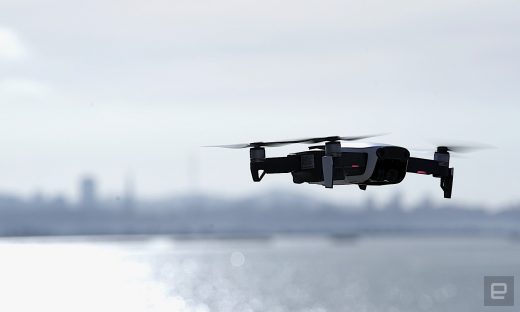FAA lays out its Remote ID ‘license plate for drones’ requirements
On Monday, the Federal Aviation Administration (FAA) shared its latest set of drone regulations. When the new rules go into effect early next year, they’ll allow licensed drone operators to fly their UAVs at night, provided they complete additional training and outfit their vehicles with anti-collision lights. The new allowance is seen as a crucial step in allowing companies like Amazon and Alphabet’s Wing subsidiary to operate drone delivery services — even as some of them have seemingly scaled back their ambitions.
However, if you fly drones recreationally, today’s announcement includes an even more significant change. Starting in 2022, the FAA’s Remote ID requirement will necessitate every drone sold in the US that weighs more than 0.55 pounds (that includes popular models like the DJI Mavic Air 2) to come with a way to broadcasts its location and identification — as well as your location — to local authorities. One way to think of the technology is as a digital license plate for your drone.
One year later, it will be illegal to fly a drone in the same weight class without the tech in most circumstances. In some contexts, such as if they’re flying over a large group of people, drones that weigh less than 0.55 pounds will also have to broadcast their location. If you don’t go through the expense of retrofitting your existing drone with Remote ID, you’ll still be able to fly it, but only in areas specially designated by the FAA. Those areas don’t exist just yet, with the FAA planning to start taking applications in 2022.
The FAA says the requirement is “a major step toward the full integration of drones into the national airspace system,” adding the technology provides “crucial information to our national security agencies and law enforcement partners, and other officials charged with ensuring public safety.”
There are still many details that need to be worked out. Notably, the FAA doesn’t say how far drones need to broadcast their location, nor does it say how manufacturers should integrate the technology into their products. We can expect those to get sorted out as we move closer to 2022 and 2023.
(9)




